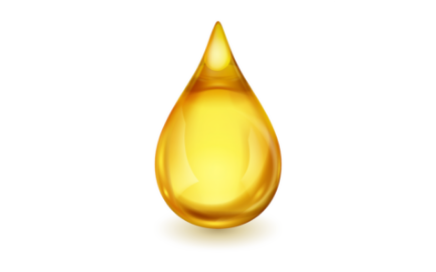 When analyzing lubricant demand and assessing opportunities, it is important not to focus solely on the overall top line demand figure and growth rates, but to also follow trends and developments just below the surface.
When analyzing lubricant demand and assessing opportunities, it is important not to focus solely on the overall top line demand figure and growth rates, but to also follow trends and developments just below the surface.
Lubricant demand is impacted by many factors such as vehicle/equipment/machinery sales and production, miles driven, operating rates, fuel prices, employment, synthetic penetration, industrial production and activity, OEM technical demand, maintenance practices, fluid drain intervals, government and industry policies, transportation preferences, construction activity, infrastructure spending, consumer behavior, and GDP growth. Demand for high performance, “premium” quality lubricants is expected to accelerate in both developed and developing country markets, regardless of whether there is overall top level growth, stagnation, or contraction.
There are primarily four drivers of premium demand, which can be defined as full synthetic and semi-synthetic finished lubricants, that suppliers and manufacturers should be monitoring to assess opportunities and support strategies:
-
- (1) Basestock availability
- (2) Environmental/regulatory
- (3) Supply push
- (4) OEM technical demand
Kline & Company estimates that the global penetration of full synthetic and semi-synthetic lubricants combined reaches 14% of overall lubricant demand (excluding process oil) in 2014 and is forecast to increase to nearly 20% by 2024. The consumer automotive segment has the highest penetration rate in 2014 at 26%, followed by industrial at 12% and commercial at 5%.
Looking at just the consumer automotive segment, and in particular the passenger car motor oil product category, we see penetration levels in all country markets expanding while overall volumetric demand may be flat or declining, which is the case in the United States.
When analyzing opportunities in the PCMO category, it is important to note that there are many factors that influence the penetration of premium over conventional. For example, the average age of the vehicle parc. The thinking here is that a relatively newer parc requires lower visgrade products meeting current API service categories, while an older parc would favor heavy visgrades and even monogrades, limiting opportunities for premium products. Other important drivers include:
- OEM technical demand for both factory and service fill applications.
- Mass market and volume OEMs offering free maintenance on new vehicles for an initial period of ownership, driving premium PCMO usage into the franchised workshop channel.
- New vehicle production activity. For example, Mexico has a growing vehicle manufacturing industry with many of the world’s top OEMs represented, and hence a strong demand for synthetic factory fill PCMO, but not proportionally represented in the service fill market.
- Supply push and the activities of not only lubricant manufacturers to market, advertise, and promote their products but also the activities of lubricant distributors and influencers/ambassadors at the B2B channel level to up-sell these products to vehicle owners, who may not have a vehicle that requires premium products or not be aware of the benefits of using a premium over a conventional.
- Ratio of Installed or DIFM, to Retail or DIY. Retail is essentially an un-aided decision, and unless the buyer is aware of the benefits of premium products, maybe inclined to buy on price or choose a conventional product. While installers, especially in the quick/fast lube channel, have a vested financial interest to try and up-sell every customer into a premium product to boost ticket prices.
- OEMs’ adoption of Oil Life Monitoring Systems, which, by design, extend oil drain intervals to upwards of 12-16 months, supported and enabled by synthetic PCMO.
The widespread availability of higher quality basestocks (API Groups II, II+, III), to lubricant formulators, has enabled even the smallest or most local of suppliers to enter the space and compete with the global majors. The price differential between a conventional and a premium PCMO has narrowed to the point that upgrading is within reach of a much larger pool of end users than a few years prior.
While operating conditions and climate are important drivers of premium penetration in some cases can be a hindrance. For example, in Saudi Arabia, personal vehicle owners are known to change their engine oil upwards of six times per year given the hot and dusty operating conditions. The thought being that if the oil is changed so frequently why use a more expensive premium over a conventional product. Conversely, in the most northern regions of Canada where winter temperatures can plummet to -25 Celsius, a full synthetic is the only option to ensure a vehicle can be started.
Like the consumer automotive segment, the commercial and industrial segments both have their own unique drivers of premium product demand that must be monitored by lubricant suppliers. Among them, environmental, industry, and safety regulations often dictate the types of lubricants that are used.
These and other related issues will be examined and quantified in Kline’s upcoming syndicated global study, Global Synthetic Lubricants: Market Analysis and Opportunities, to be published in the second quarter of 2016.

